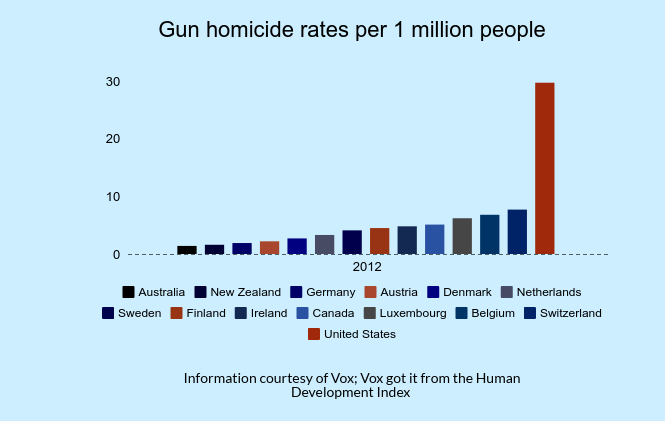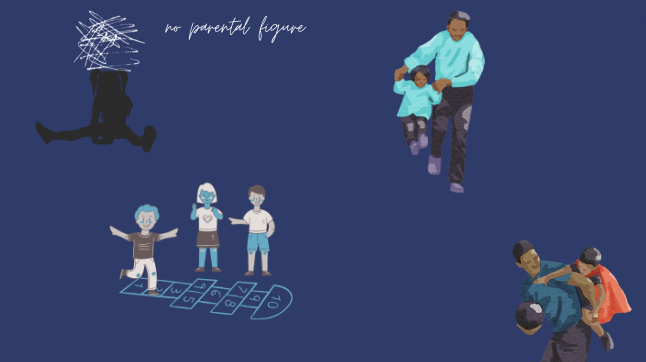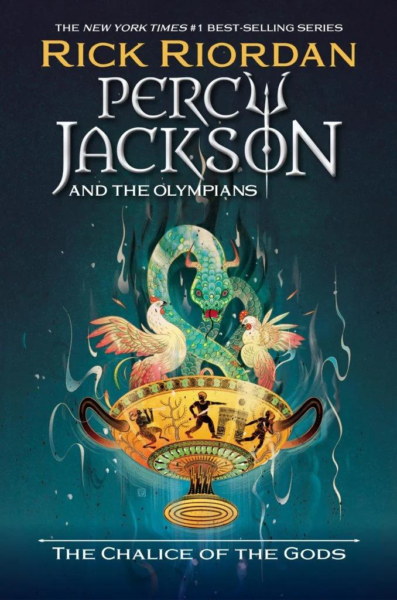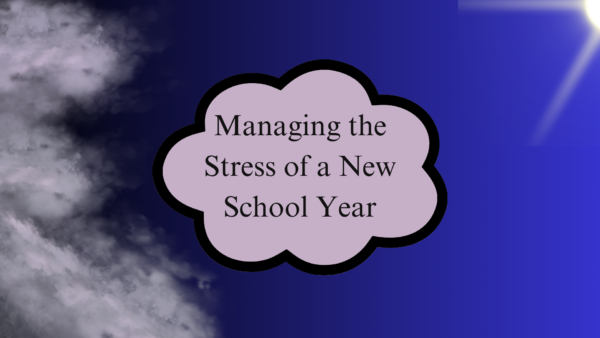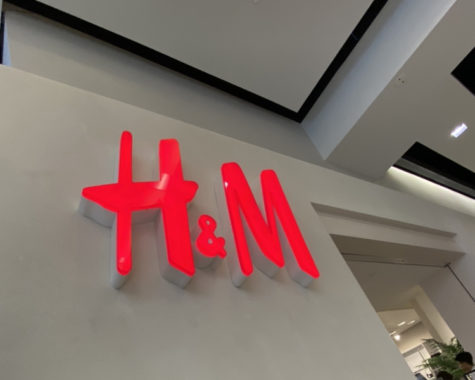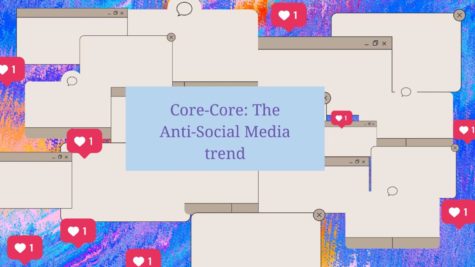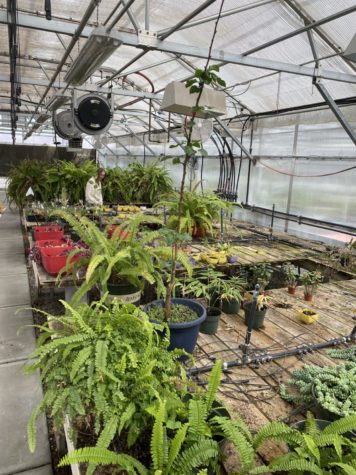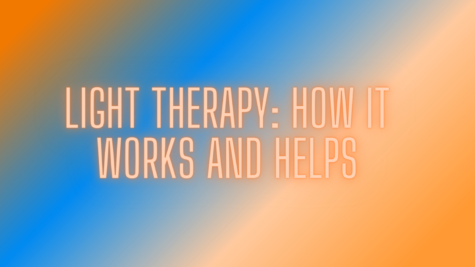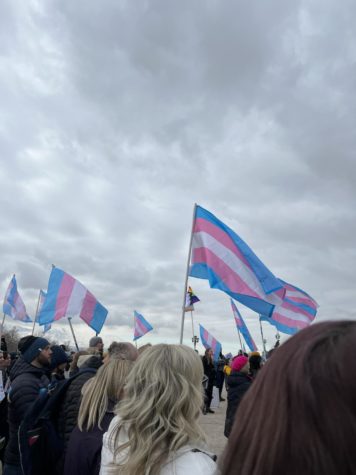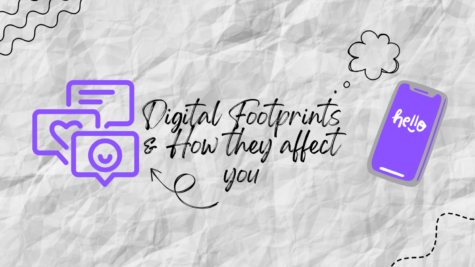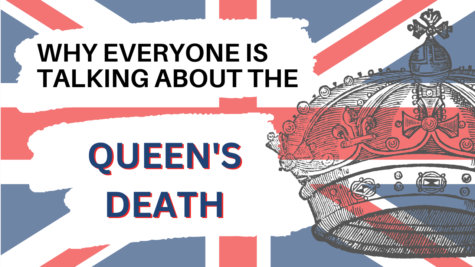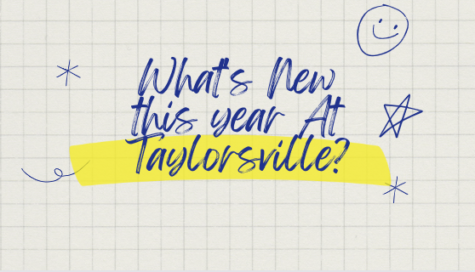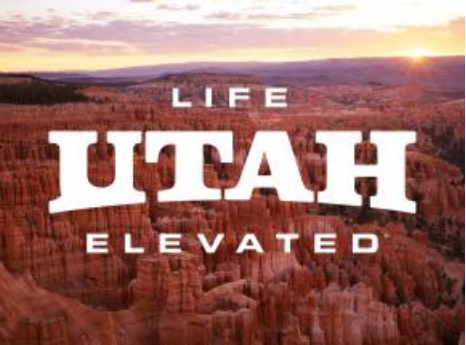Gun control in America vs. the rest of the world
December 11, 2017
America has 4.4% of the world’s population and half of the world’s guns. America has staggeringly high rates of gun violence, especially when compared to other developed countries.
In comparison to its developed peers, America has astonishingly lenient gun laws. There are laws that have been enacted to create accountability and prevent dangerous people from owning a gun. However, it’s not all that difficult to obtain a gun. For example, while a background check is required to buy a gun, if the background check is found to be inconclusive and the FBI doesn’t review it after three business days, the background check is cleared and the person is allowed to buy a gun.
This loophole is what allowed Dylann Roof, the man who shot and killed nine people in Charleston, South Carolina, to purchase the Glock .45 semiautomatic handgun he used. The FBI tends to rely on states’ information to complete these background checks; which may not always be reliable due to understaffing or states’ lack of information.
The other factor in America’s relaxed gun laws is the fact that they vary from state to state. Some states allow assault weapons, while others do not. Some states, like California and Hawaii, have wide discretion to deny a concealed carry permit, while others, like Idaho, Florida, and Louisiana have no discretion to deny. Some states have a limited discretion to deny, but some states don’t even require a concealed carry permit.
Another loophole is known as the ‘private sales’ loophole; in some states, by buying a gun from a private seller, one can bypass all the background checks and licensing required when buying a gun at a gun show or shop.
Canada’s gun laws are basically a stricter version of the U.S.’ gun laws. While citizens can still purchase a gun, there are more restrictions on what type of gun one can purchase and who can purchase a gun. Canada’s gun laws also include strict background checks and limited allowance to carry a gun in public. Their background checks search for mental health issues, as well as any history of addiction or criminal activity. Only those whose jobs may require them to carry a gun with them are permitted to carry a gun in public. These gun laws resulted in a gun ownership rate of 30.8 per 100 people in 2007 and a gun homicide rate of 5.1 per 1 million people in 2012. In comparison, America’s gun ownership rate is 88.8 guns per 100 people in 2007, and the gun homicide rate is 29.7 per 1 million people in 2012, according to Vox.
Japan has some of the strictest gun laws in the world. Its gun ownership and homicide rates reflect this, with a gun ownership rate of 0.6 guns per 100 people in 2007, and a gun homicide rate of 0.1 per 1 million people in 2012. It should be noted, however that Japan has traded mass shootings in for mass stabbings, the most famous of which was the Sagamihara stabbing, which left nineteen people dead.
Australia’s response to mass shootings and the United States’ response to mass shootings are drastically different. In response to the Port Arthur massacre in 1996, Australia began to severely restrict gun ownership. Prior to this shooting, Australia’s relationship to with guns had been very similar to the U.S.’ relationship with guns. However, it took them only months following the massacre to implement stricter forms of gun control.
In contrast to Australia’s response to a massacre where a gun was used as the weapon, the United States has had hundreds of mass shootings this year alone. Despite multiple incidents where dozens of people were slain, the most recent examples being the Las Vegas massacre and the church shooting in Texas, the United States has not followed the examples of its developed peers.
Recently, the biggest issue on the table is the potential ban on bump stocks, which can be used to convert semiautomatic weapons int automatic weapons. //

